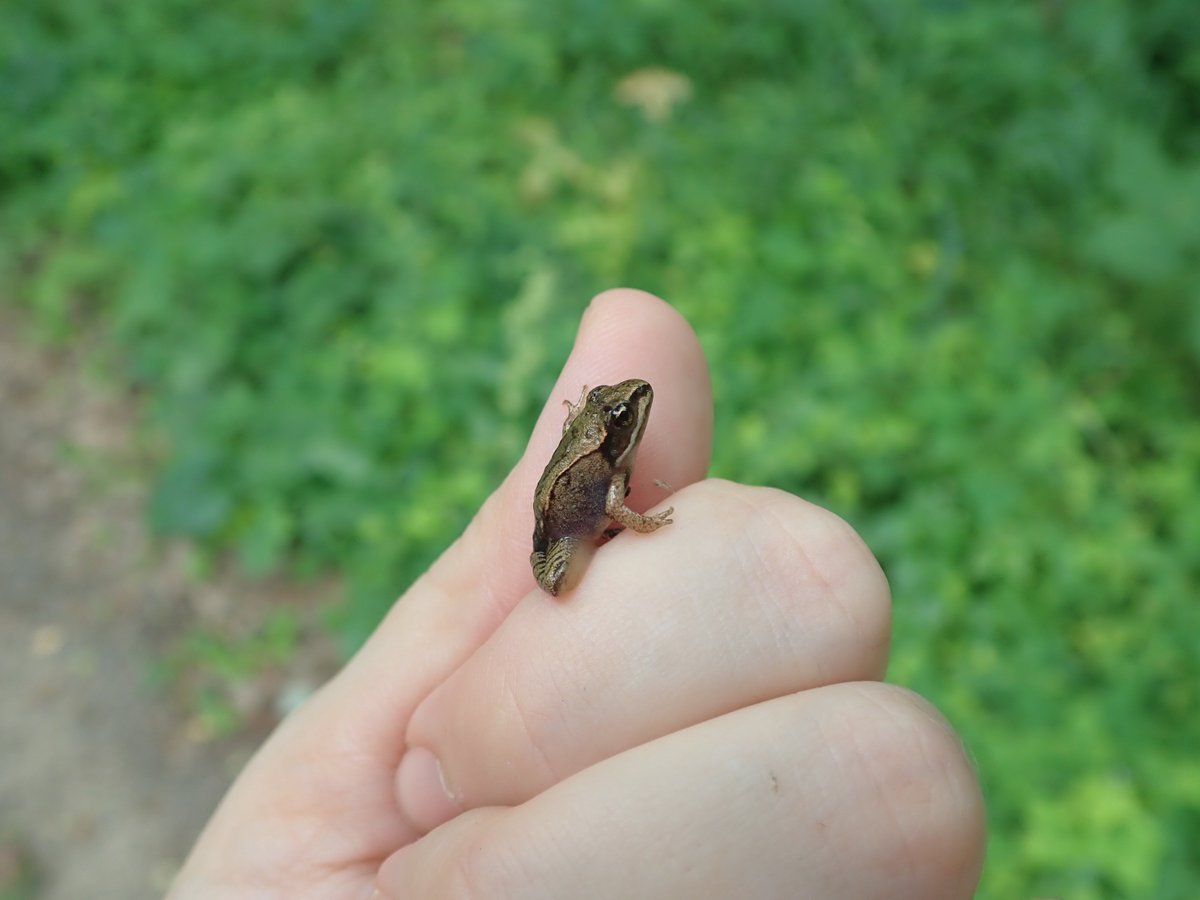Covering #genetics & #wildlife populations this week!
Was uncertain how much my students would come in knowing (our program requires genetics, but sometimes students don't take it till senior year, which is also when they tend to take this wildlife course).
Was uncertain how much my students would come in knowing (our program requires genetics, but sometimes students don't take it till senior year, which is also when they tend to take this wildlife course).
I started class with an anonymous (ungraded) quiz on some #genetics basics (e.g., "In eukaryotes, DNA is housed in what structure[s]?") that I made and gave via @Socrative .
In a class of 15 on a 6 question quiz, the avg. was a 63%, and I learned where their knowledge gaps were.
In a class of 15 on a 6 question quiz, the avg. was a 63%, and I learned where their knowledge gaps were.
Just having that little bit of info helped me target the review part of my lecture, and it seemed to up everyone's comfort level (including mine).
I was prepping this lecture up till right before I gave it, and I almost didn't include the quiz, but am really glad I did.
#STEMed
I was prepping this lecture up till right before I gave it, and I almost didn't include the quiz, but am really glad I did.
#STEMed
• • •
Missing some Tweet in this thread? You can try to
force a refresh














